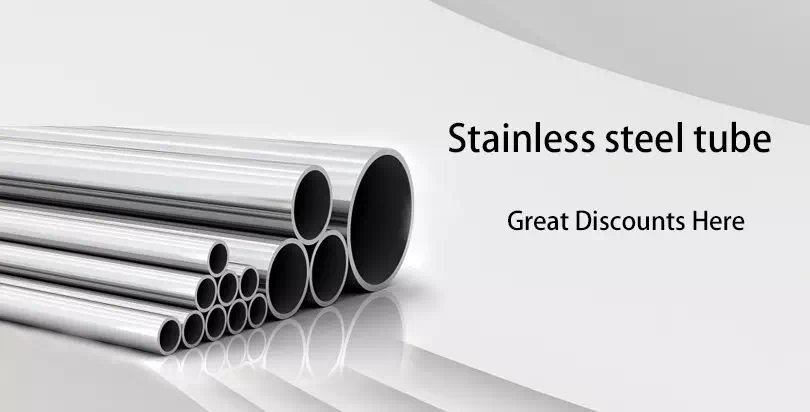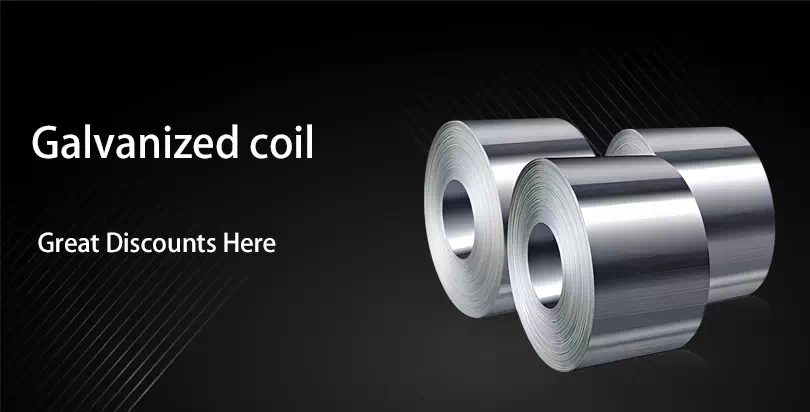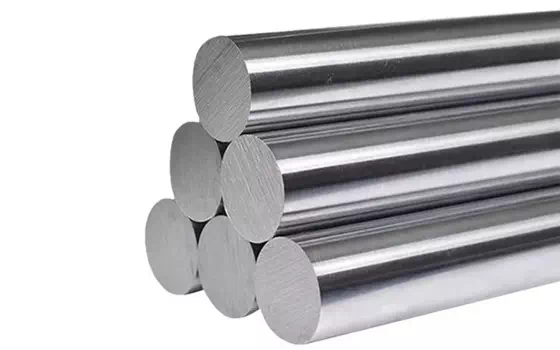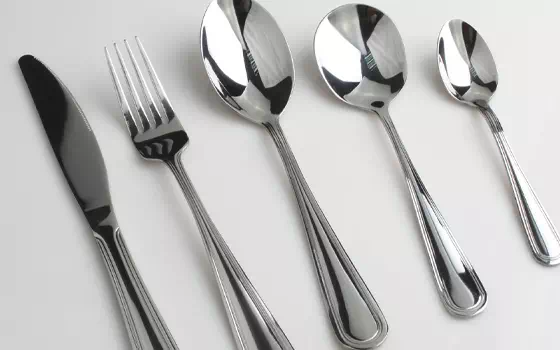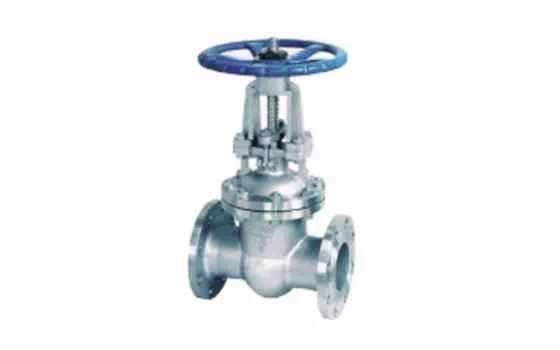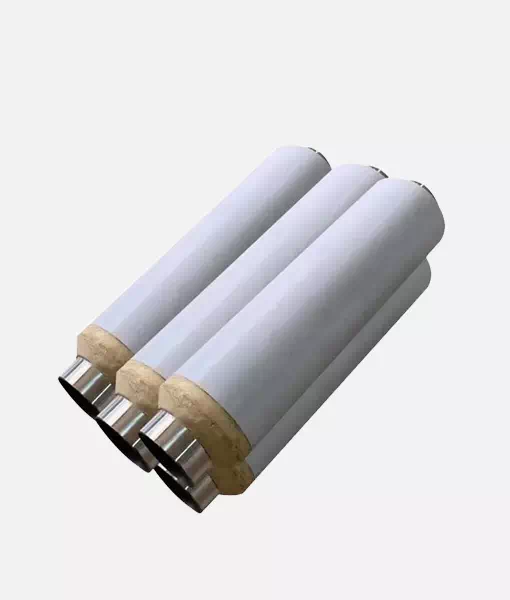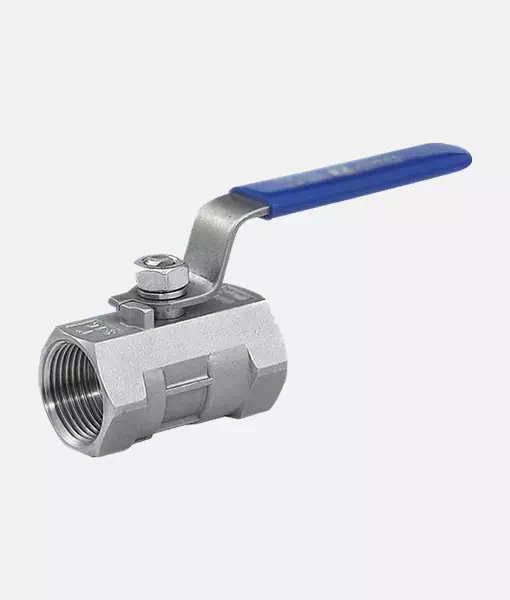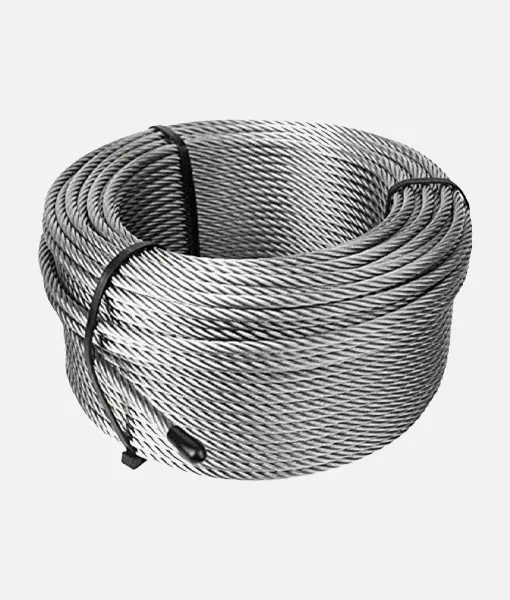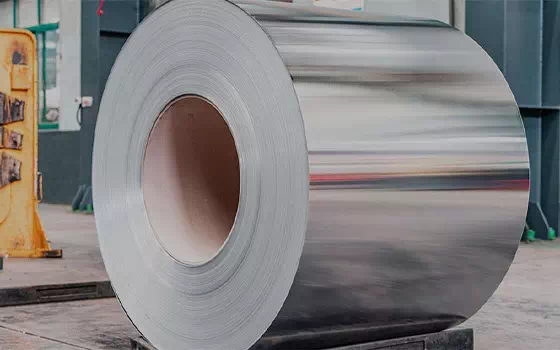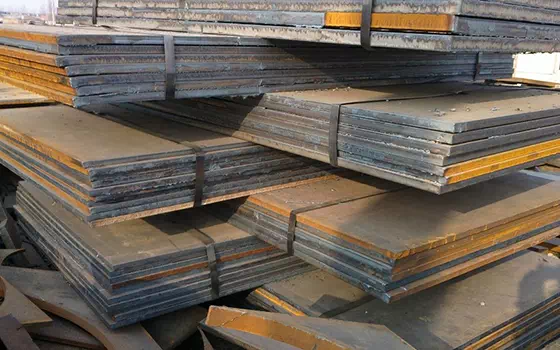Precipitation hardening stainless steel is a kind of high strength stainless steel with different types and quantities of strengthening elements added on the basis of the chemical composition of stainless steel.
SUS630J1 precipitation-hardened stainless steel is a high-strength stainless steel with different types and quantities of strengthening elements added on the basis of the chemical composition of stainless steel. Through the precipitation hardening process, different types and amounts of carbides, nitrides, carbonitrides and intermetallic compounds can be precipitated from this steel, thereby increasing the strength of the steel and maintaining sufficient toughness. This type of stainless steel is called PH steel for short. According to the metallography of the substrate, precipitation-hardened stainless steel can be divided into martensitic type, semi-austenitic type and Austenitic type.

Among them, 0Cr17Ni4Cu4Nb steel is a martensitic precipitation hardening stainless steel, its Ms point is about 150 ° C, Mf point is below 30 ° C. The complete transformation of martensite is affected by composition and cooling method. The copper in the steel is dispersed on the matrix in a very fine and dispersed ε phase, which increases the strength. After H900 treatment, the σB value of the steel is 1310MPa, the σ0.2 value is 1170MPa, the δ5 value is 10%, and the ψ value is 40%. The steel has good corrosion resistance, corrosion resistance is better than the general martensitic stainless steel, and similar to the general austenitic stainless steel. In addition, it also has good cutting properties, can be welded without preheating, and does not require local annealing after welding. It is primarily used in the manufacture of corrosion-resistant and high-strength components such as jet engine compressor casings and large turbine final stage blades.
Another example is 0Cr17Ni7Al steel, which is a semi-austenitic precipitation-hardened stainless steel. It is a steel that is hardened by adding aluminum to 0Cr17Ni7, an unstable austenitic steel, and then undergoing martensitic transformation and precipitation of NiAl compounds. After RH950 treatment, the steel has a σb value of 1580MPa, a σ0.2 value of 1470MPa, and a δ5 value of 6%. The steel has good corrosion resistance in oxidizing acids, but poor corrosion resistance in non-oxidizing acids such as sulfuric acid and hydrochloric acid. The acid resistance after treatment with A or A1750 is the best, and the acid resistance after treatment with TH, RH, CH is worse. The steel can be welded using the same welding process as austenitic stainless steel. If welding is done using a electrode with the same composition as the base metal, a large amount of δ ferrite will appear in the weld, which reduces the toughness of the weld. Therefore, the content of chromium or nickel can be appropriately reduced in the electrode. Inert gas protection should be used during welding to prevent oxidation of aluminum in the electrode. In order to obtain good welding efficiency, it is best to perform solution treatment after solution annealing, and then adjust and age treatment. This type of steel is mainly used in the manufacture of aircraft casings, structural parts, pressure vessels and components for missiles, jet engine parts, springs, diaphragms, bellows, antennas, fasteners, measuring instruments, etc.

The final example is 0Cr15Ni25Ti2MoVB steel, which is an austenitic precipitation-hardened stainless steel, that is, an iron-nickel based superalloy. This steel is not only stable in the solid solution state, but also stable in the aging state of austenitic structure. It is common to increase strength and improve high temperature properties by forming intermetallic compounds in steel. In the aged state, the σb value of the steel is 1035MPa, the σ0.2 value is 690MPa, the δ value is 25%, and the ψ value is 40%. The steel has excellent high temperature strength, and the service temperature can reach 600 ~ 700℃. The yield strength at temperatures below 650 ° C is similar to that at room temperature. In addition, it also has good low temperature toughness. However, it also has some disadvantages such as low strength at room temperature and poor welding performance.


